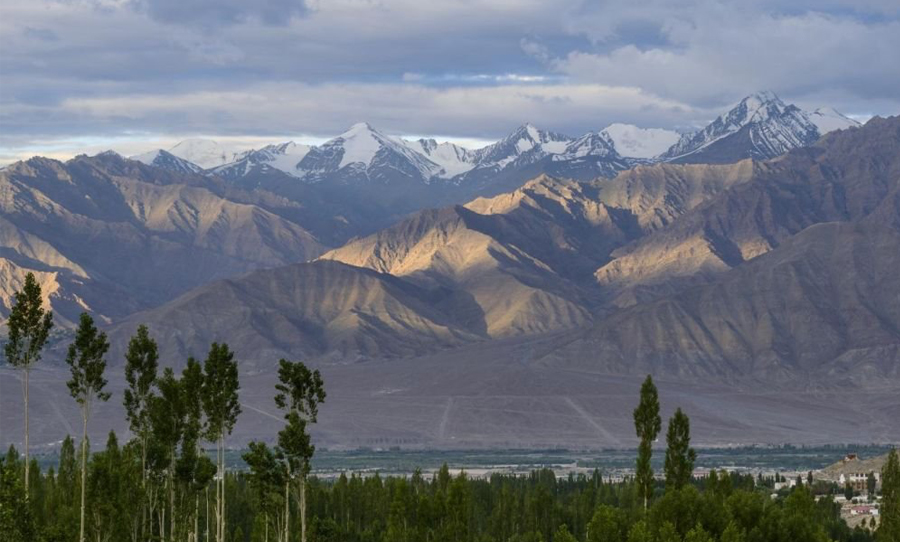For the most part, Indians have been confined to their homes during the pandemic except to grab essential goods. For years, the densely populated continent of 1.3 billion has experienced extreme pollution, hiding parts of the famous Himalayas from view.
But now, instead of looking up to skies that are usually sick with smog, people are being met with visions of bright blue skies and clear air.
This week, people in India have reported blue skies, breathable air, and a view of the Himalayas they haven’t seen in three decades.
India’s capital is one of the cities with the highest pollution levels on Earth. In response to the pandemic, New Delhi has shut down all non-essential shops, offices, and places of worship. The government has also put public transport on pause nationwide.
Between March 20th and 27th, CNN reported a 71% drop in PM2.5 (fine particle matter) and nitrogen dioxide levels in New Delhi. This decrease in fossil fuel emissions means Indians can see the Himalayas from northern parts of the continent. On Twitter, residents are documenting their relief and hoping for a clearer future.
What nature really is and how we screwed it up.
This is Dhauladhar mountain range of Himachal, visible after 30 yrs, from Jalandhar (Punjab) after pollution drops to its lowest level. This is approx. 200 km away straight. #Lockdown21 #MotherNature #Global healing. pic.twitter.com/cvZqbWd6MR
— Soul of a Warrior (@Deewalia) April 3, 2020
The same mountains from my home 😍 #Nozoom pic.twitter.com/4zHwyoMp4R
— Abbu Pandit (@abbu_pandit) April 3, 2020
Mumbai, Pune and Ahmedabad also saw a 40-50% reduction in air contamination in the weeks preceding the lockdown. Compared with reports from 2018 and 2019, the phased shutdown of the transport industry is in some ways driving positive results.
“It is most likely that even the record of March 22 will be broken,” says Sunil Dahiya, an analyst for CREA. “We are seeing more and more cleaner days as industries, transportation and energy generation and demand are reducing across the country.”
Air pollution hit record levels in New Delhi 2019, forcing flight diversions and school closures. Residents gathered in November of last year to protest the air quality and their resultant respiratory health. At the time, the city was obscured by a musty yellow haze.
Dahiya is keen on tackling India’s dependence on fossil fuels and investing in more sustainable solutions.
“When we come out of the outbreak, it will be interesting to see if we invest money in the cleaner future,” he says. “[Do] we ramp up the old fossil fuel based intensive industries, or go towards more sustainable options?”




